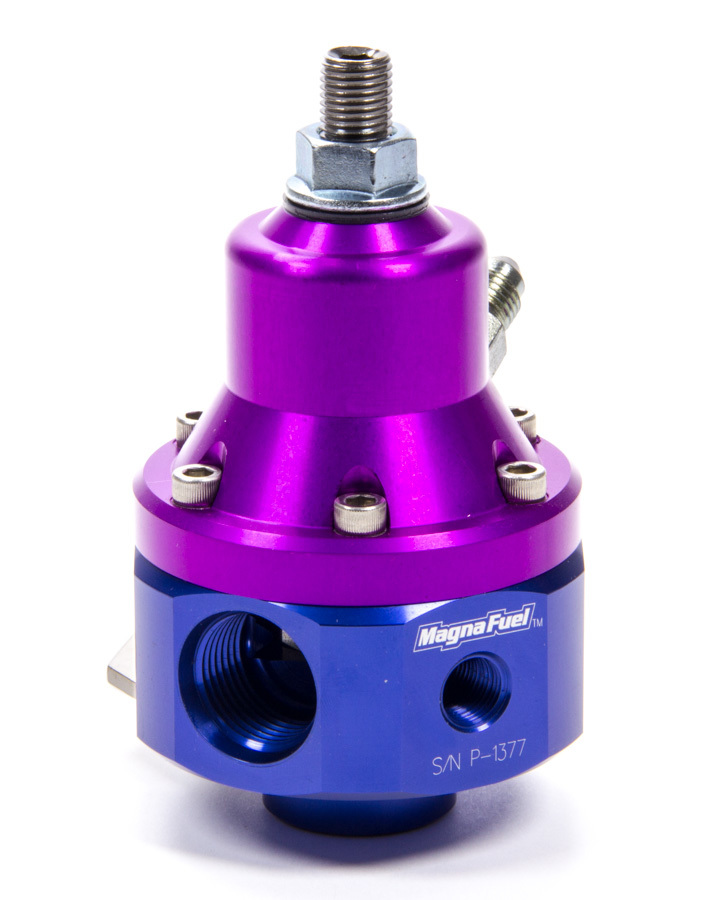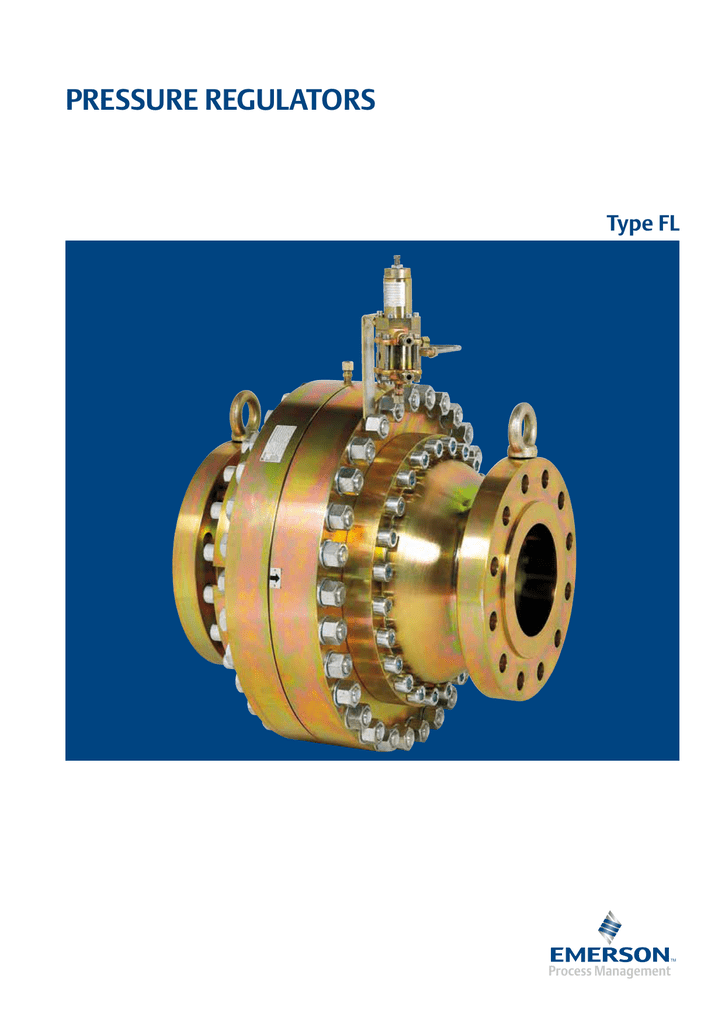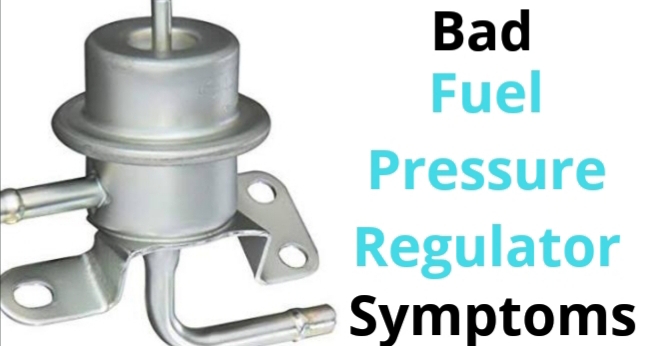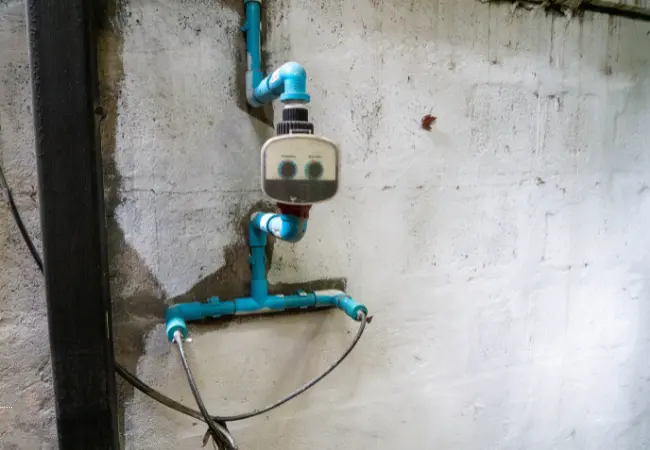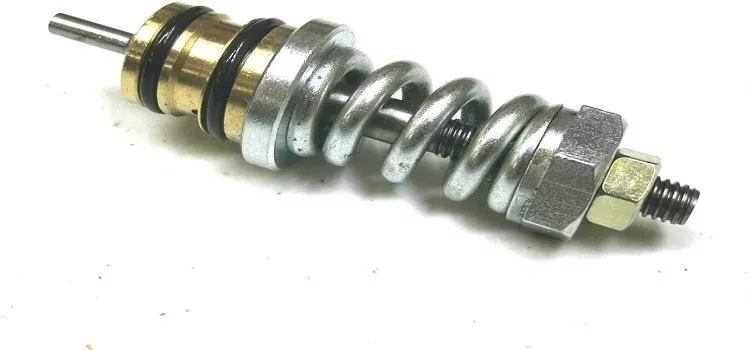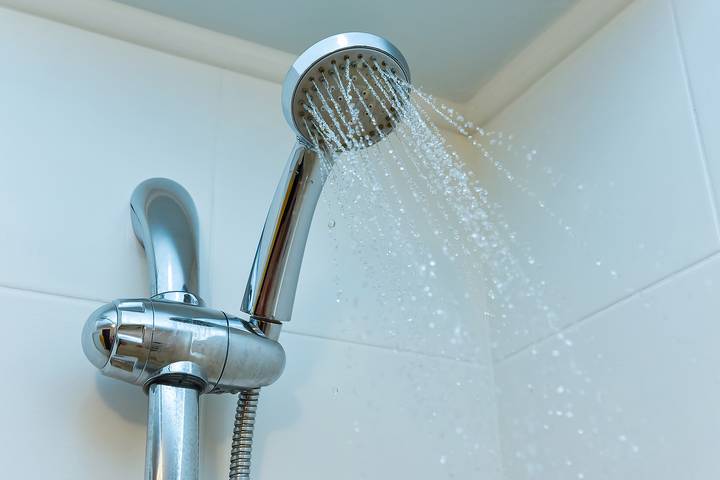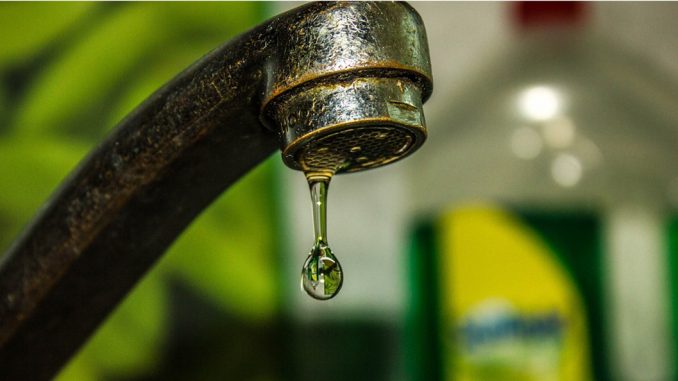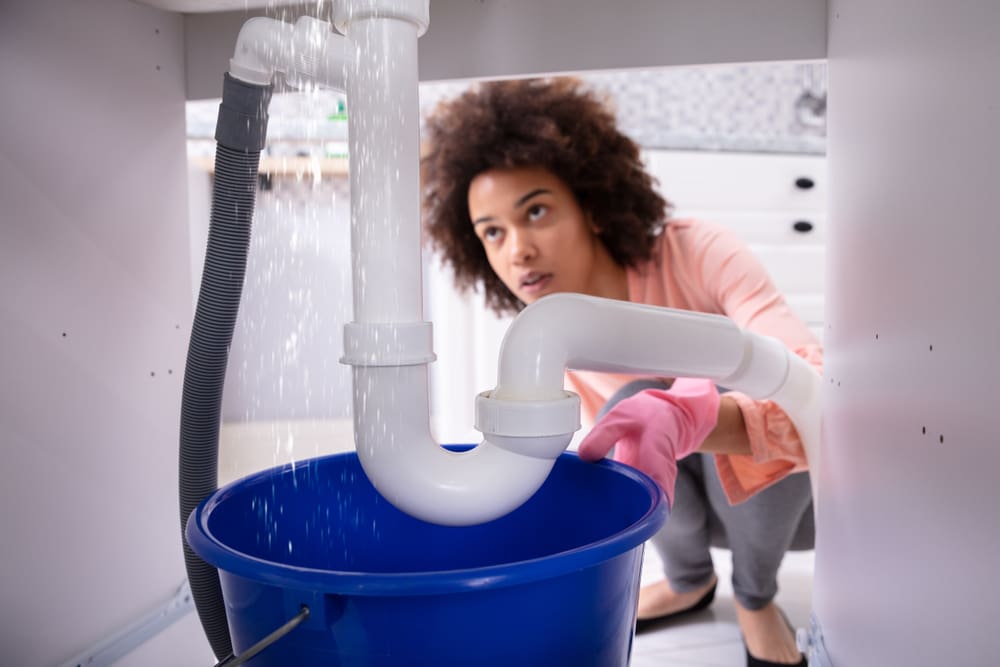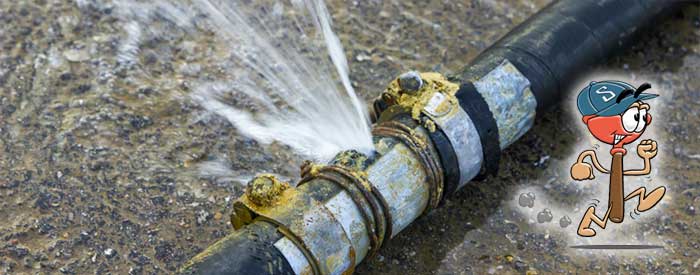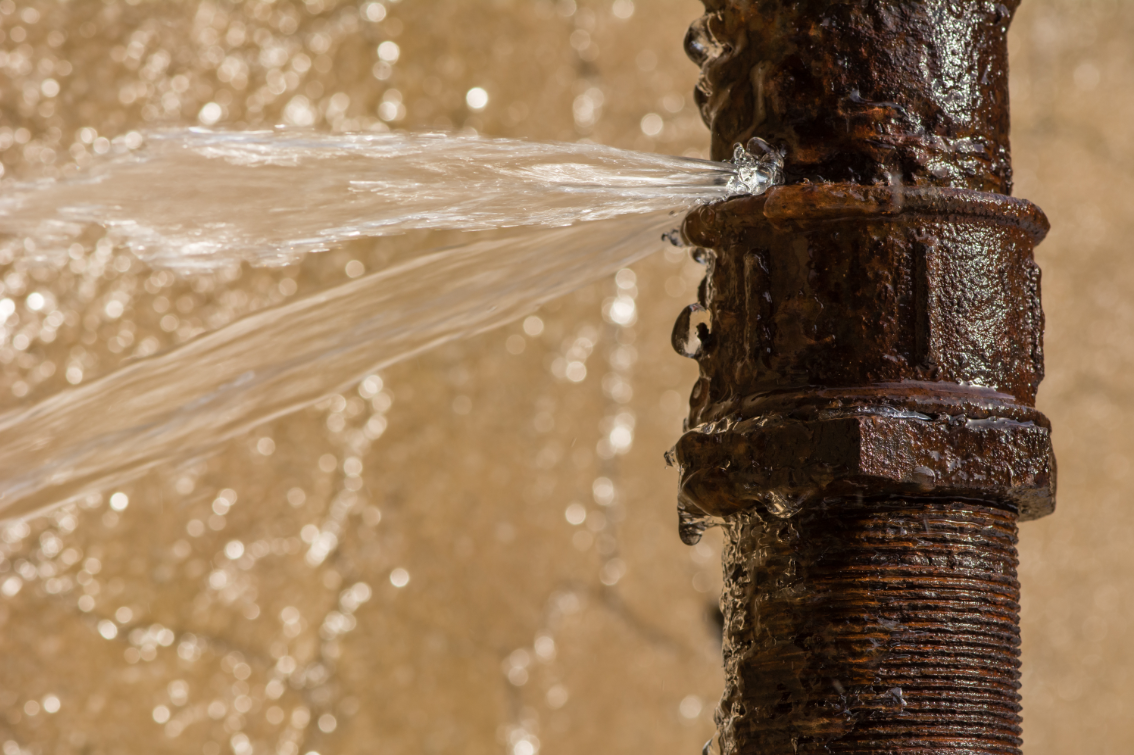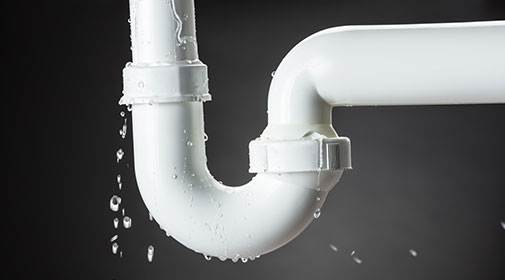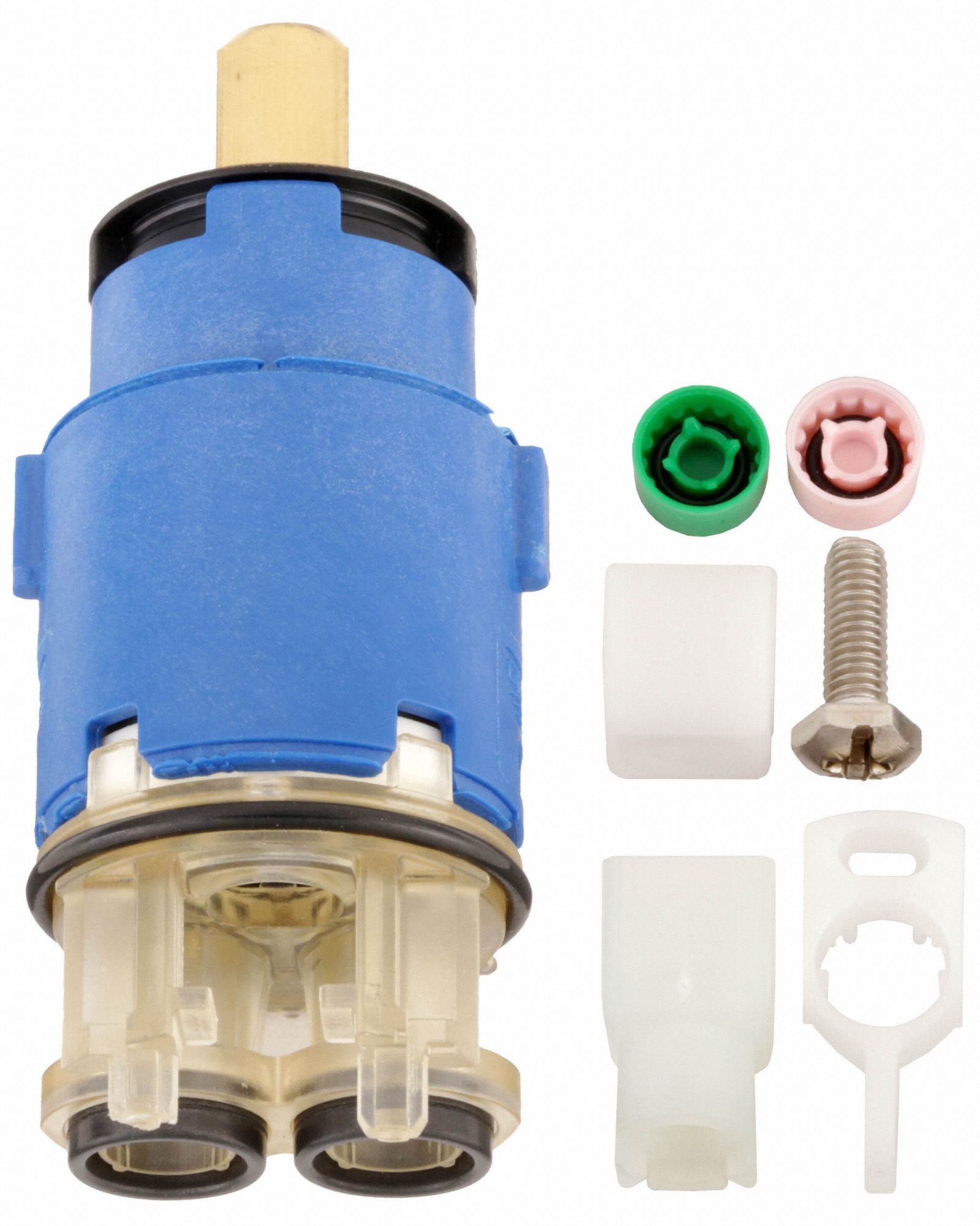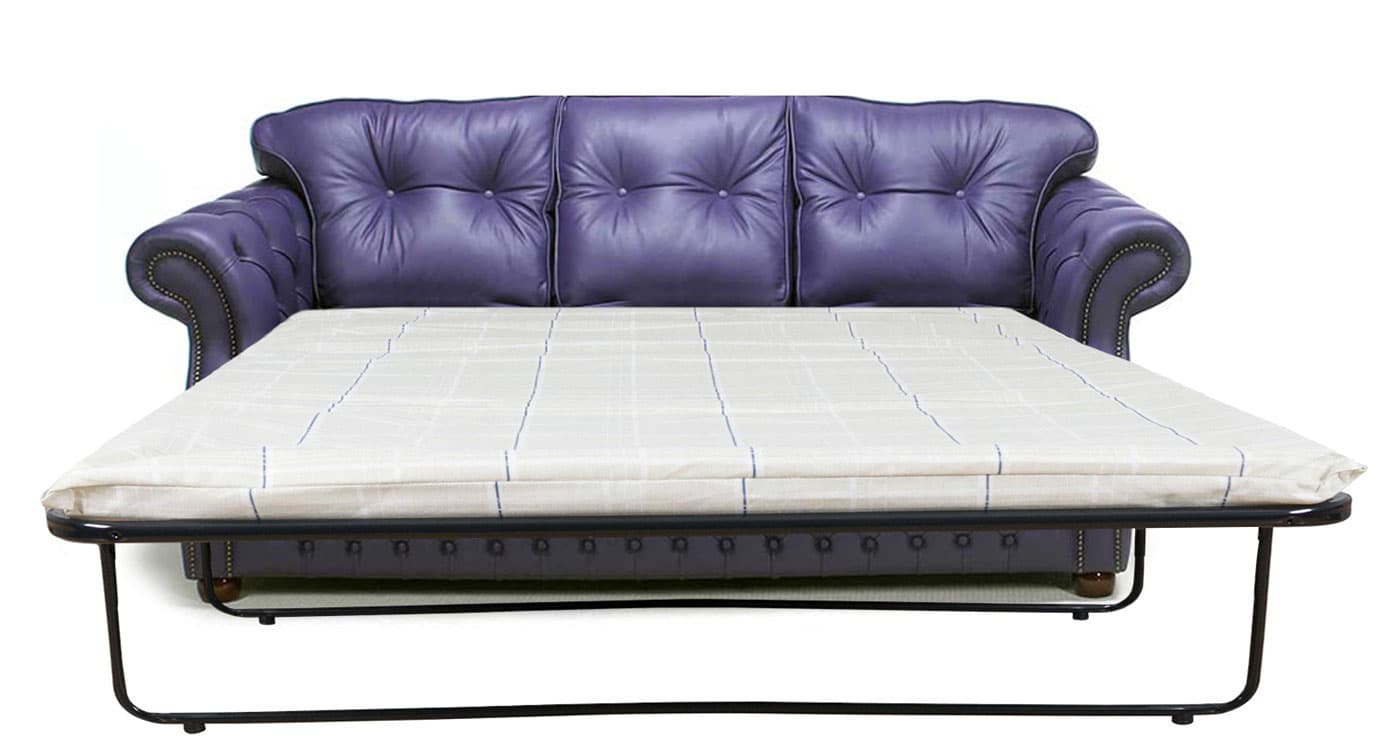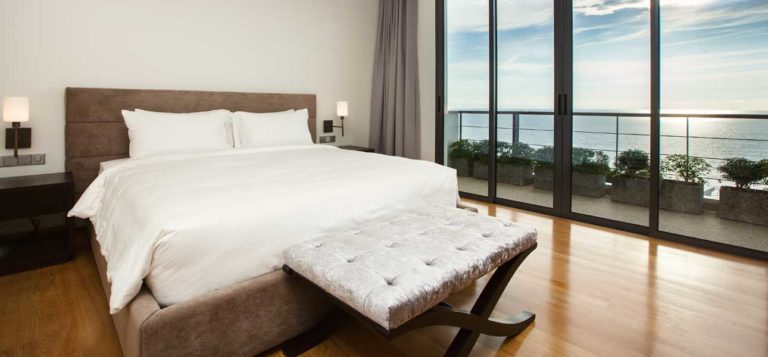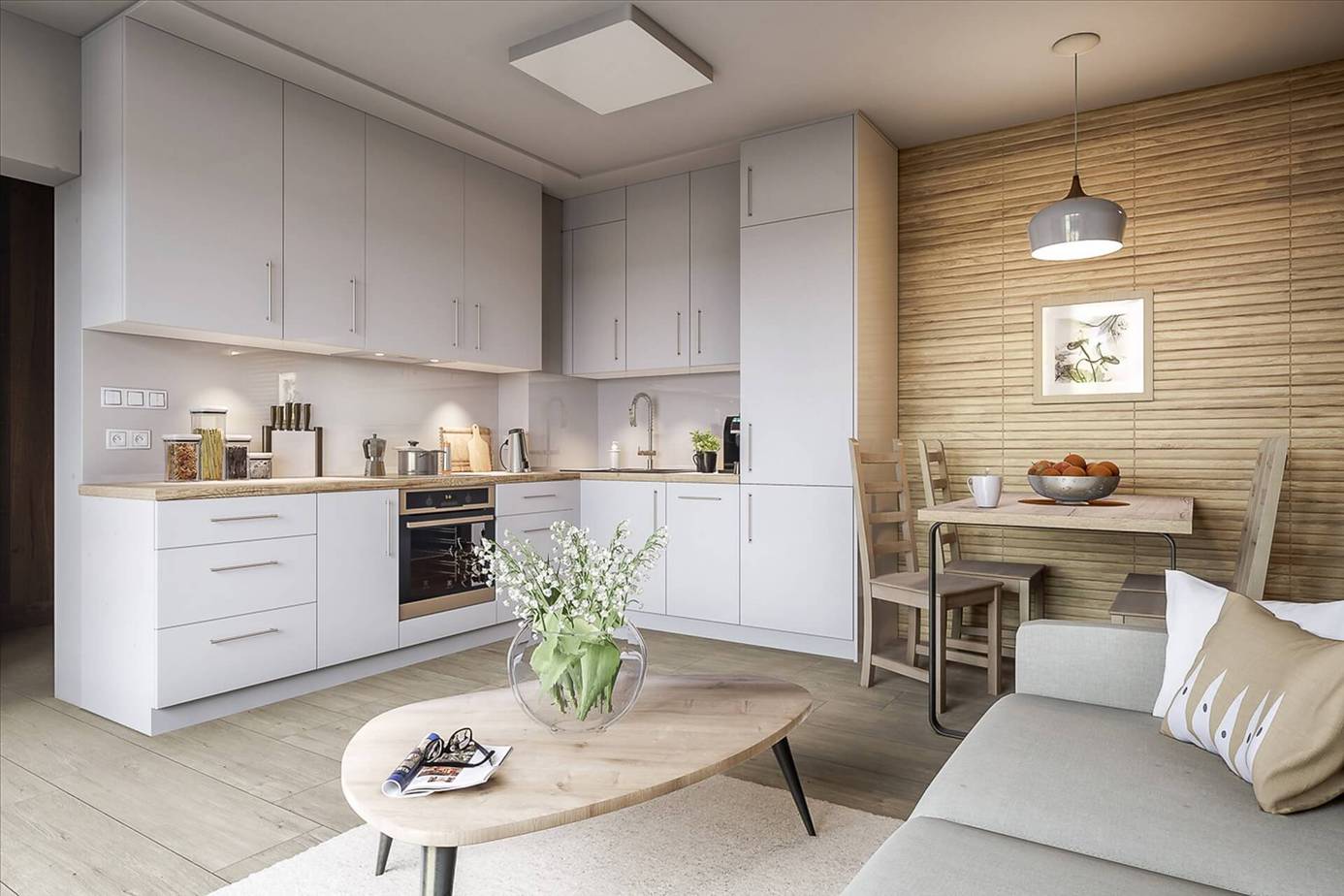One of the most common causes of low water pressure in your bathroom sink is clogged pipes. Over time, debris, hair, and other materials can build up in your pipes, obstructing the flow of water. This can lead to a decrease in water pressure and even complete blockages. If you notice that your bathroom sink is experiencing low water pressure, it's important to check your pipes for any clogs.1. Clogged pipes
If your bathroom sink has low pressure, the issue may simply be due to low water pressure in your home. This can be caused by a variety of factors, such as a malfunctioning water pump, restricted water supply, or a leak in the main water line. If you notice low water pressure in other areas of your home as well, it's likely an issue with the overall water pressure in your home.2. Low water pressure
An often overlooked culprit of low water pressure in bathroom sinks is a clogged or faulty faucet aerator. This small piece is located at the end of your faucet and helps to regulate the flow of water. Over time, sediment and mineral buildup can clog the aerator, resulting in decreased water pressure. Cleaning or replacing the aerator can often solve the problem of low water pressure.3. Faucet aerator
Similar to the faucet aerator, some bathroom sink faucets are equipped with a water flow restrictor. These restrictors are designed to conserve water by limiting the flow, but they can also contribute to low water pressure. If your bathroom sink has a water flow restrictor, it may be worth checking to see if it's causing the issue.4. Water flow restrictor
In areas with hard water, mineral buildup can be a common cause of low water pressure. Over time, minerals like calcium and magnesium can accumulate in your pipes, faucets, and showerheads, restricting the flow of water. This buildup can be difficult to remove and may require professional cleaning or replacement of affected parts.5. Mineral buildup
If you've checked your pipes and there are no clogs, the issue may be with the water supply valve. The water supply valve controls the flow of water to your bathroom sink, and if it becomes blocked or partially closed, it can result in low water pressure. Make sure to check the valve and ensure it is fully open to allow for proper water flow.6. Blocked water supply valve
Some homes are equipped with a pressure regulator to control the overall water pressure in the house. If this regulator is faulty or malfunctioning, it can lead to low water pressure in your bathroom sink. If you suspect this may be the issue, it's best to call a plumber to inspect and potentially replace the pressure regulator.7. Faulty pressure regulator
A leak in your bathroom sink pipes can also result in low water pressure. Not only does a leak waste water, but it can also decrease the overall water pressure in your home. If you suspect a leak, it's important to have it repaired as soon as possible to prevent further damage and increase water pressure.8. Leaking pipes
Corrosion is a common issue in older homes and can lead to low water pressure in your bathroom sink. Over time, pipes can become corroded, restricting the flow of water. If your home has old pipes, it may be worth having them inspected and potentially replaced to improve water pressure.9. Corroded pipes
The faucet cartridge is the part of your sink that controls the flow of hot and cold water. If this cartridge becomes damaged or worn, it can affect the overall water pressure in your bathroom sink. Replacing the cartridge can often solve the issue of low water pressure. In conclusion, there are many potential causes of low water pressure in your bathroom sink. By checking for clogs, cleaning or replacing parts, and addressing any underlying issues with your home's water supply, you can improve water pressure and ensure a fully functioning bathroom sink.10. Faulty faucet cartridge
Possible Causes for Low Pressure in Your Bathroom Sink

Introduction
 If you've noticed that the water pressure in your bathroom sink is not as strong as it used to be, you're not alone. Many homeowners experience this issue and it can be quite frustrating. Not only can it make simple tasks like washing your hands or brushing your teeth take longer, but it could also be a sign of a larger problem with your plumbing system. In this article, we will discuss some of the possible causes for low pressure in your bathroom sink and what you can do to fix it.
If you've noticed that the water pressure in your bathroom sink is not as strong as it used to be, you're not alone. Many homeowners experience this issue and it can be quite frustrating. Not only can it make simple tasks like washing your hands or brushing your teeth take longer, but it could also be a sign of a larger problem with your plumbing system. In this article, we will discuss some of the possible causes for low pressure in your bathroom sink and what you can do to fix it.
Clogged Faucet Aerator
 One of the most common causes for low pressure in your bathroom sink is a clogged faucet aerator. The aerator is a small screen located at the end of your faucet that helps to mix air with the water flow, creating a steady stream. Over time, mineral deposits, debris, and sediment can build up on the aerator, blocking the flow of water and causing low pressure. To fix this issue, you can simply unscrew the aerator and clean it with a mixture of vinegar and water. This should improve the water flow in your sink.
One of the most common causes for low pressure in your bathroom sink is a clogged faucet aerator. The aerator is a small screen located at the end of your faucet that helps to mix air with the water flow, creating a steady stream. Over time, mineral deposits, debris, and sediment can build up on the aerator, blocking the flow of water and causing low pressure. To fix this issue, you can simply unscrew the aerator and clean it with a mixture of vinegar and water. This should improve the water flow in your sink.
Corroded Pipes
 Another possible cause for low pressure in your bathroom sink could be corroded pipes. Over time, the pipes that supply water to your sink can become corroded and clogged with rust and other debris. This can greatly restrict the flow of water and result in low pressure. If you suspect that this is the issue, it is best to call a professional plumber to inspect and replace any corroded pipes. This will not only improve the water pressure in your sink but also prevent potential leaks and water damage.
Another possible cause for low pressure in your bathroom sink could be corroded pipes. Over time, the pipes that supply water to your sink can become corroded and clogged with rust and other debris. This can greatly restrict the flow of water and result in low pressure. If you suspect that this is the issue, it is best to call a professional plumber to inspect and replace any corroded pipes. This will not only improve the water pressure in your sink but also prevent potential leaks and water damage.
Water Supply Issues
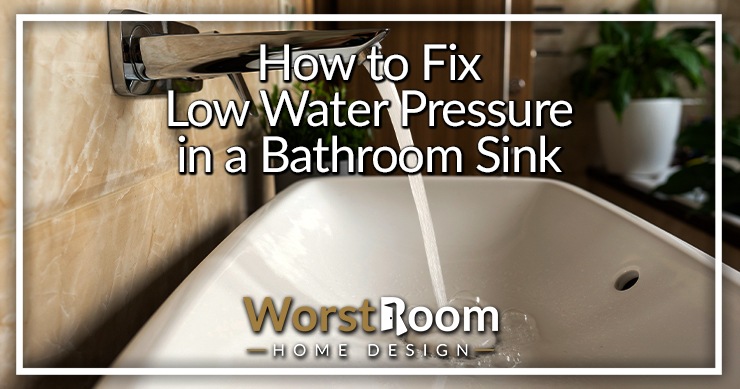 If you've ruled out a clogged aerator and corroded pipes, the problem may lie with your water supply. Your local water company may be doing maintenance or repairs on the main water line, causing a decrease in pressure in your area. It is also possible that there is a leak in the supply line that is affecting the flow of water to your house. In this case, it is best to contact your water company and have them investigate the issue.
If you've ruled out a clogged aerator and corroded pipes, the problem may lie with your water supply. Your local water company may be doing maintenance or repairs on the main water line, causing a decrease in pressure in your area. It is also possible that there is a leak in the supply line that is affecting the flow of water to your house. In this case, it is best to contact your water company and have them investigate the issue.
Conclusion
 Having low pressure in your bathroom sink can be frustrating, but it is important to address the issue as soon as possible. Not only can it make simple tasks more difficult, but it could also be a sign of a larger problem. By checking and cleaning your faucet aerator, inspecting and replacing corroded pipes, and contacting your water company if necessary, you can improve the water pressure in your bathroom sink and ensure the proper functioning of your plumbing system.
Having low pressure in your bathroom sink can be frustrating, but it is important to address the issue as soon as possible. Not only can it make simple tasks more difficult, but it could also be a sign of a larger problem. By checking and cleaning your faucet aerator, inspecting and replacing corroded pipes, and contacting your water company if necessary, you can improve the water pressure in your bathroom sink and ensure the proper functioning of your plumbing system.



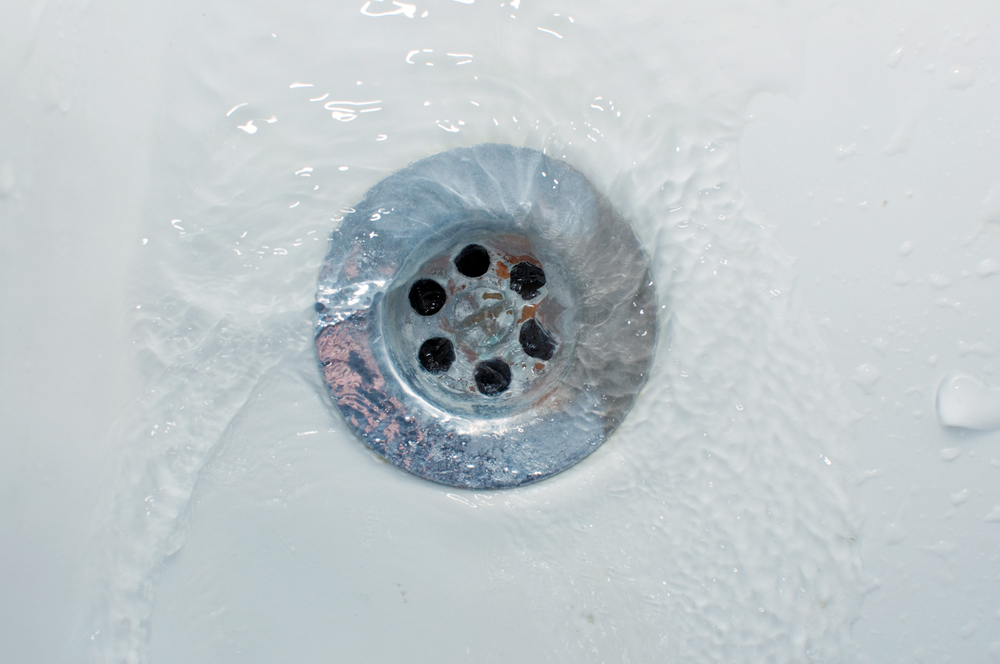
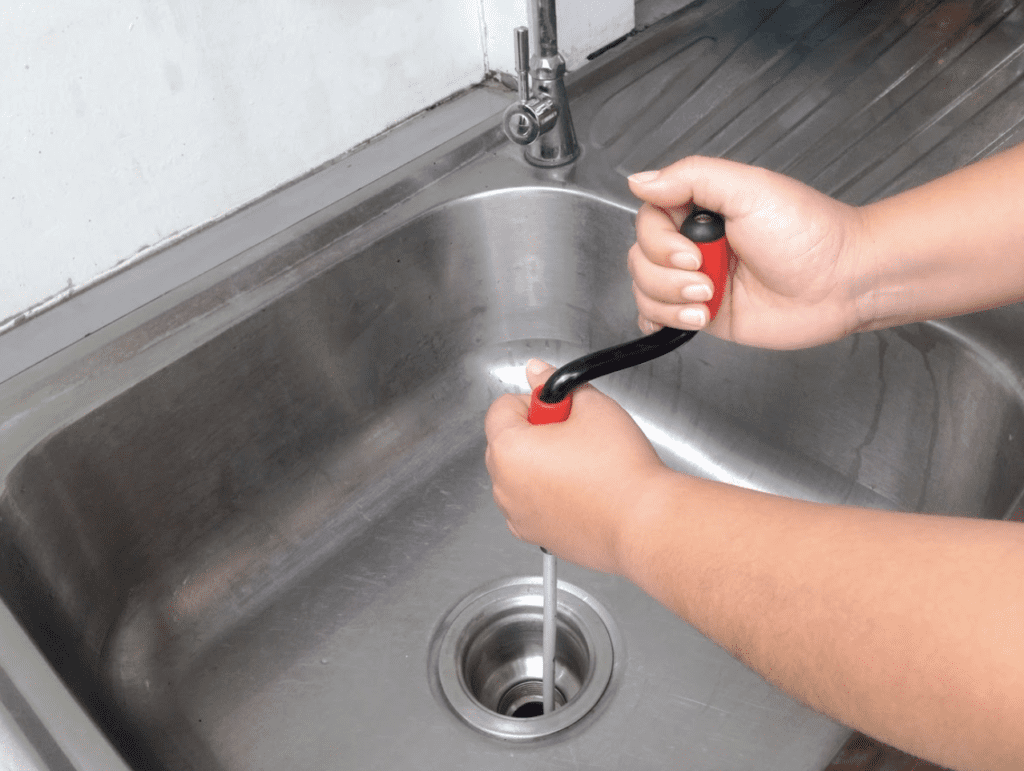
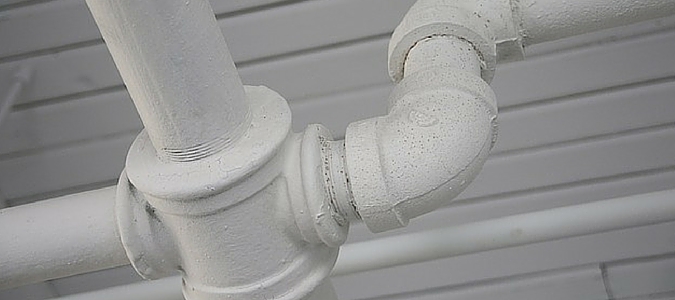


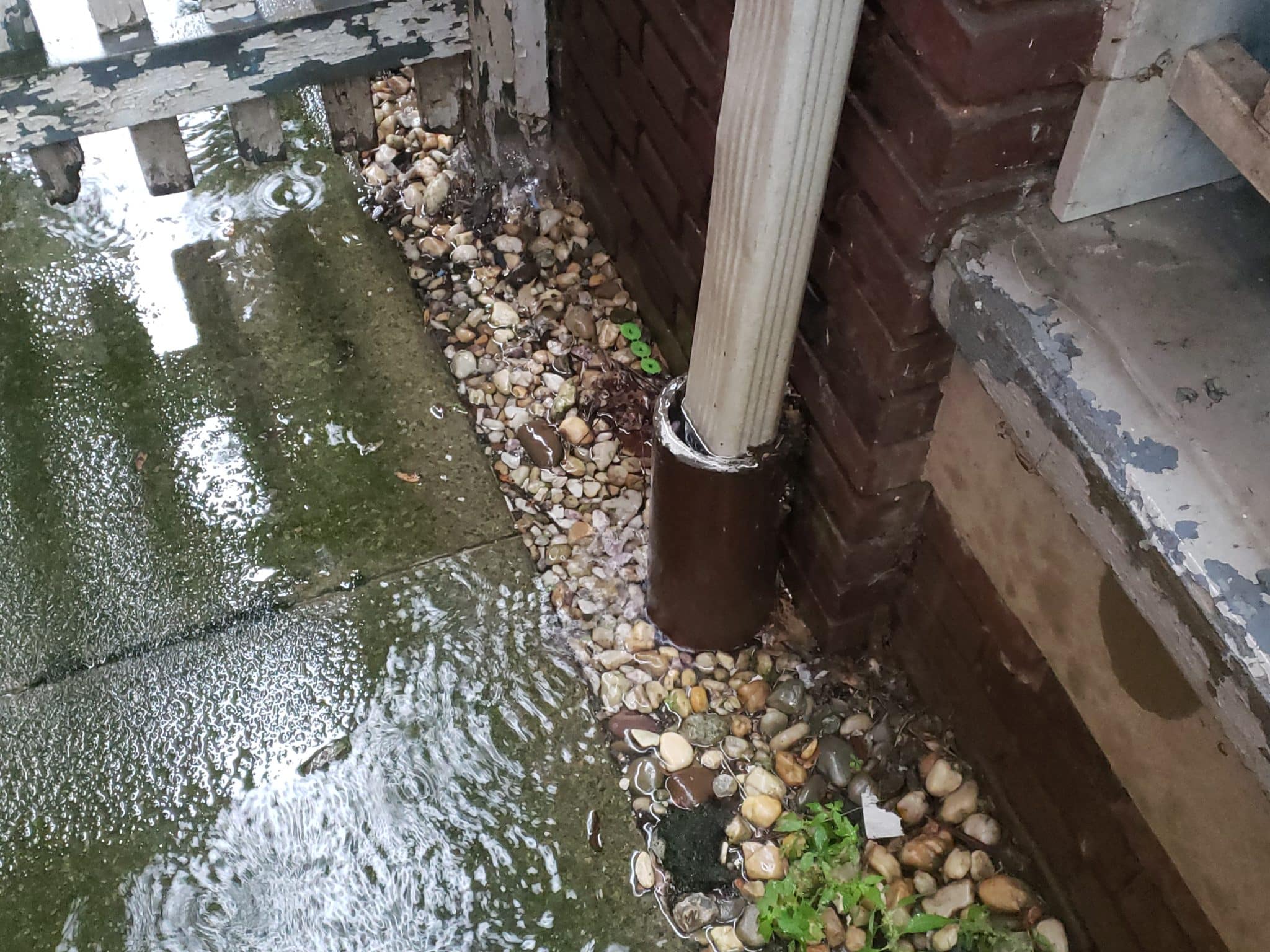




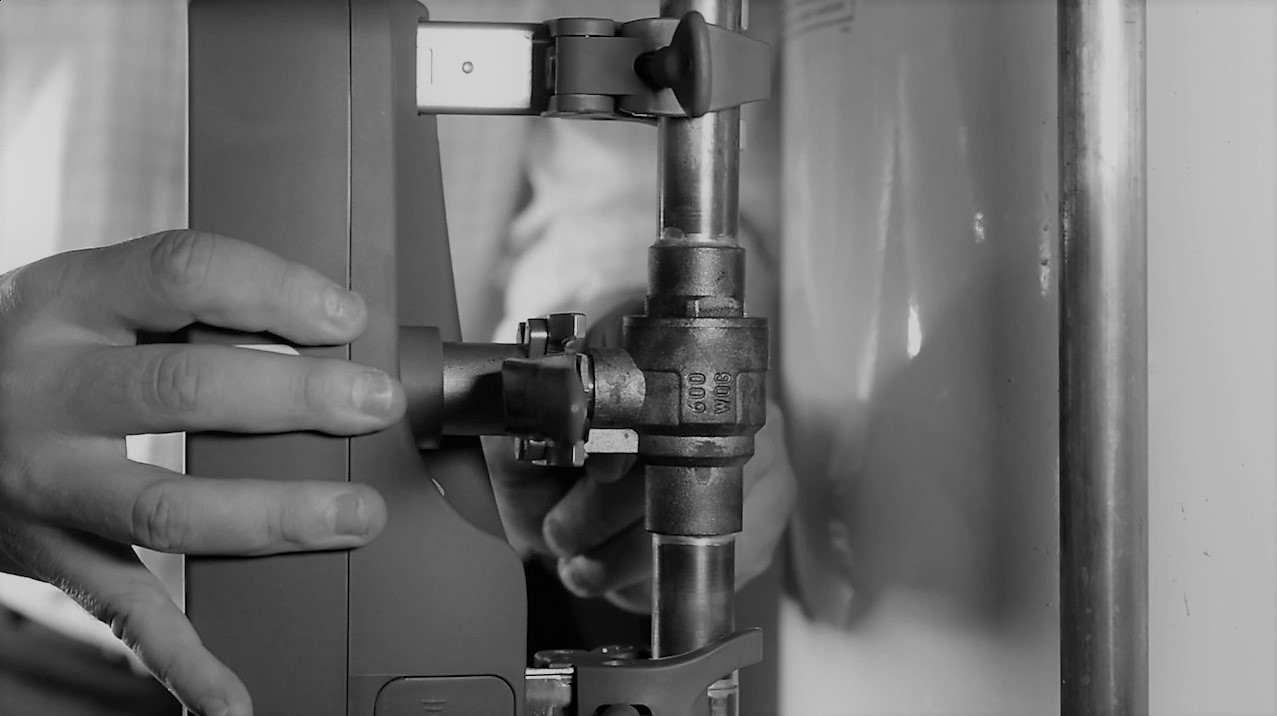






:max_bytes(150000):strip_icc()/home-water-pressure-problems-2718730-3d3b6ee75946443eba2b19138c3dc830.png)
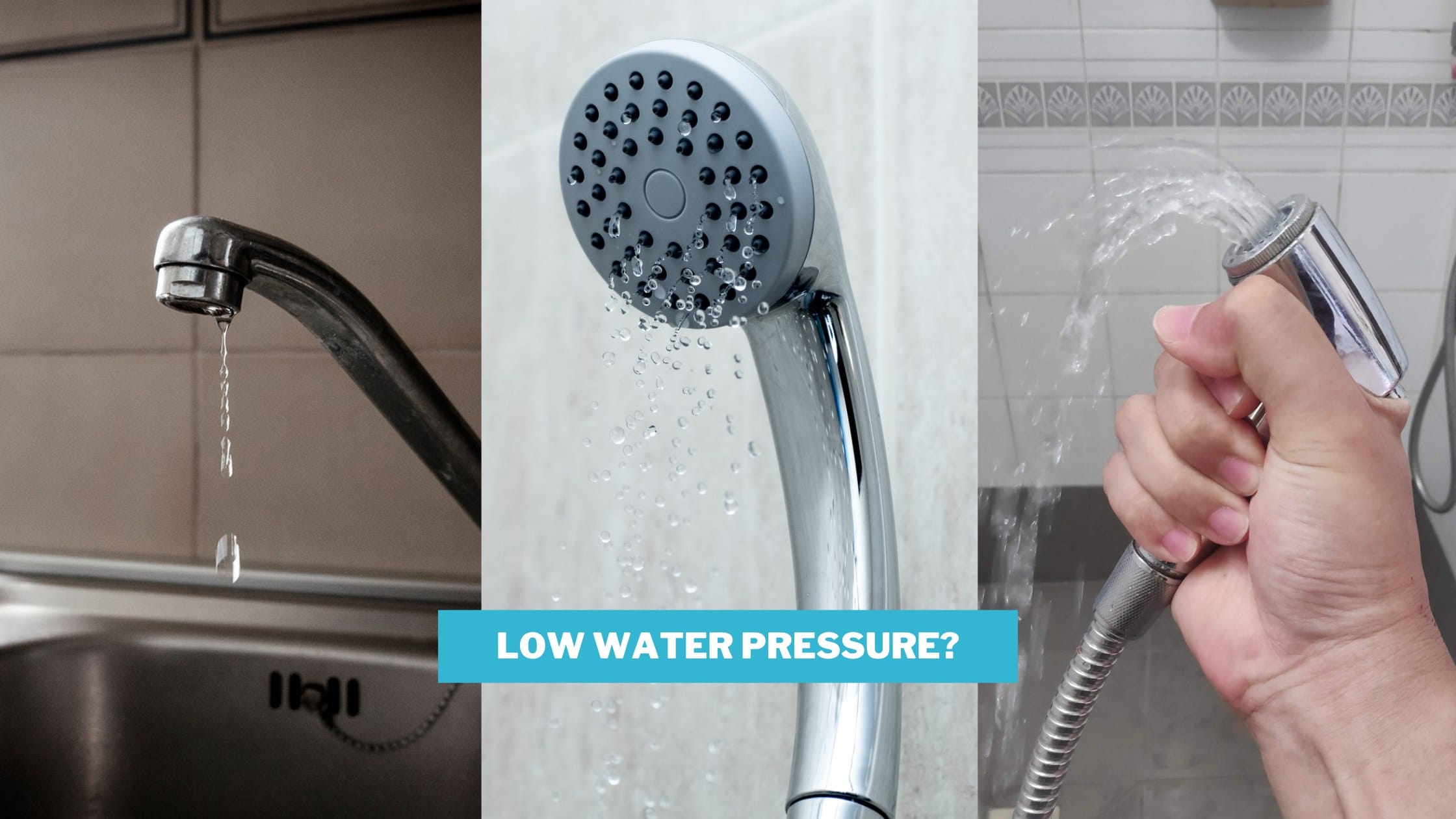


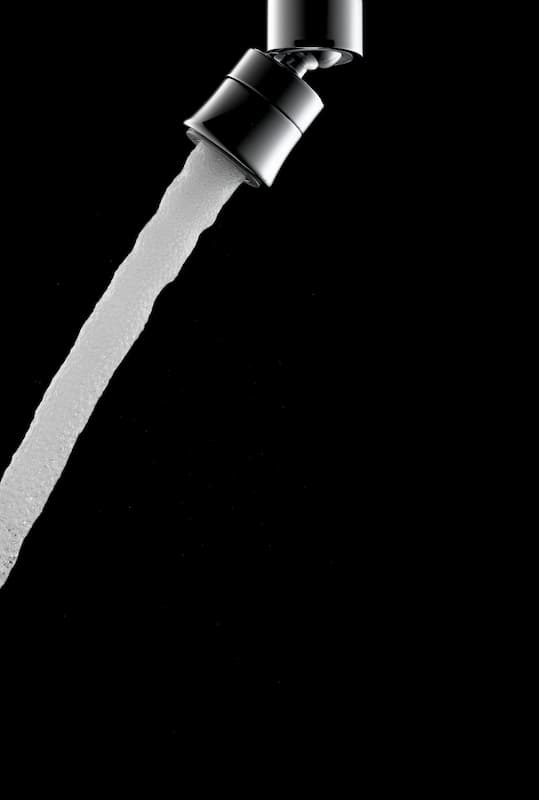







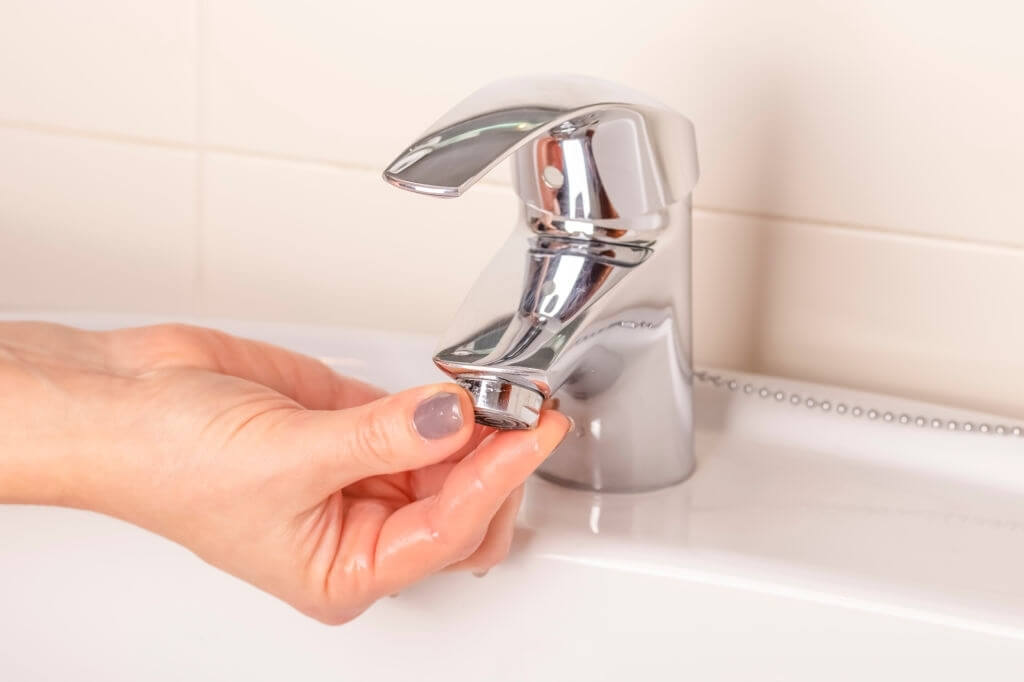
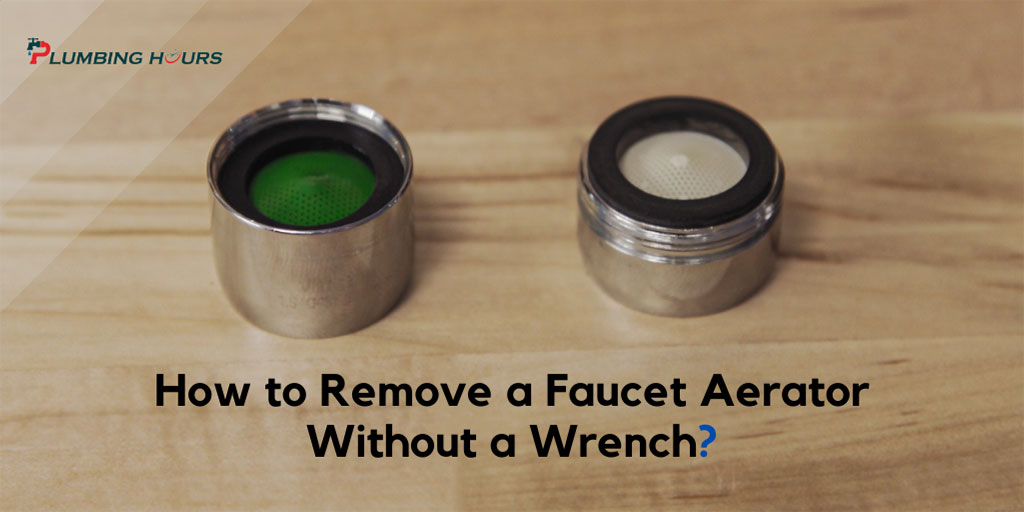

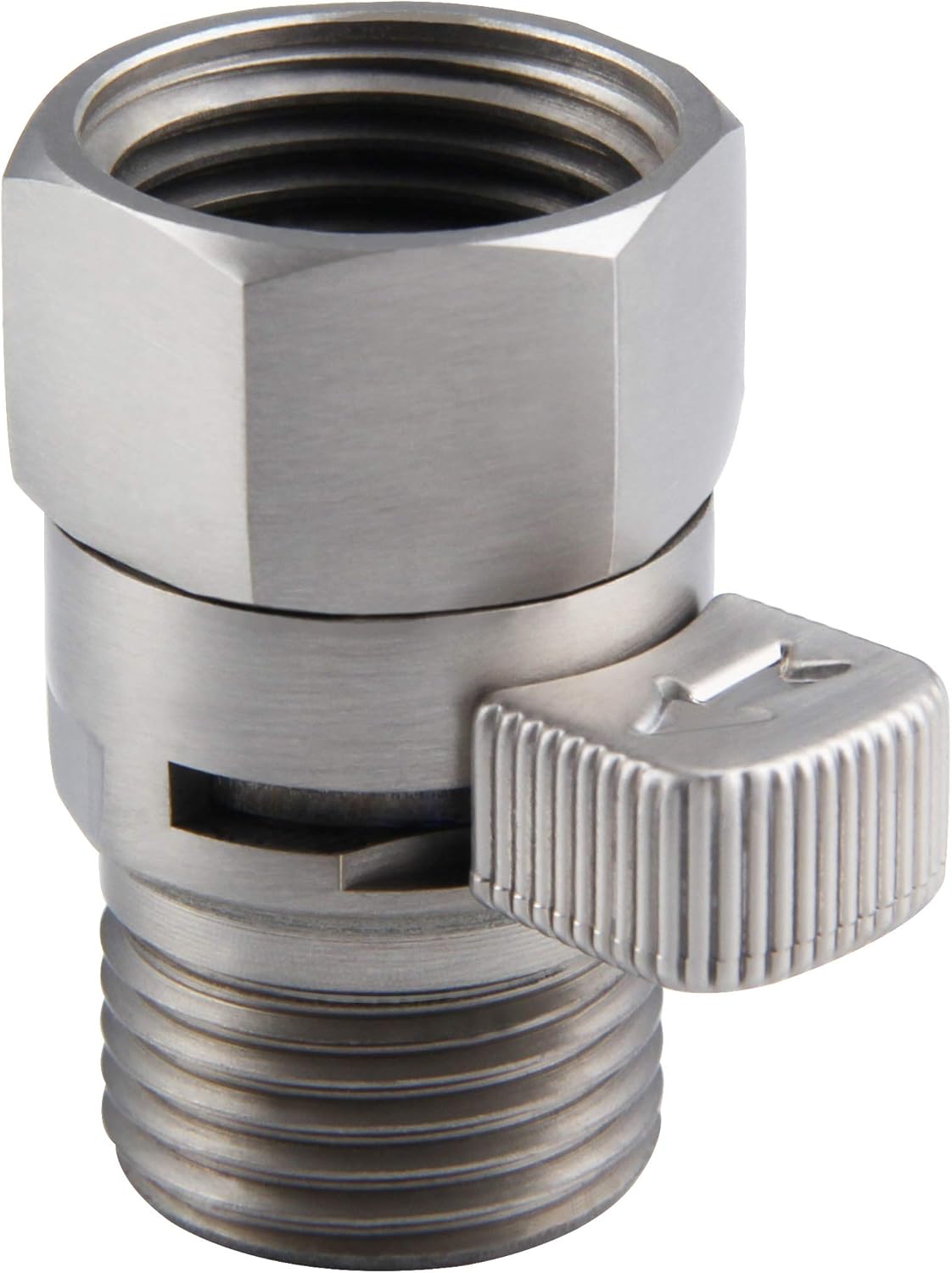





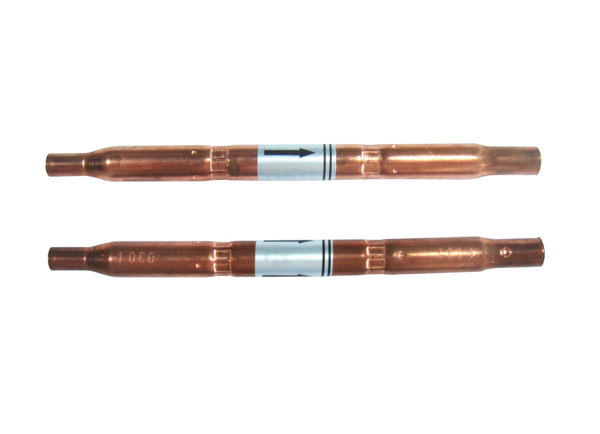


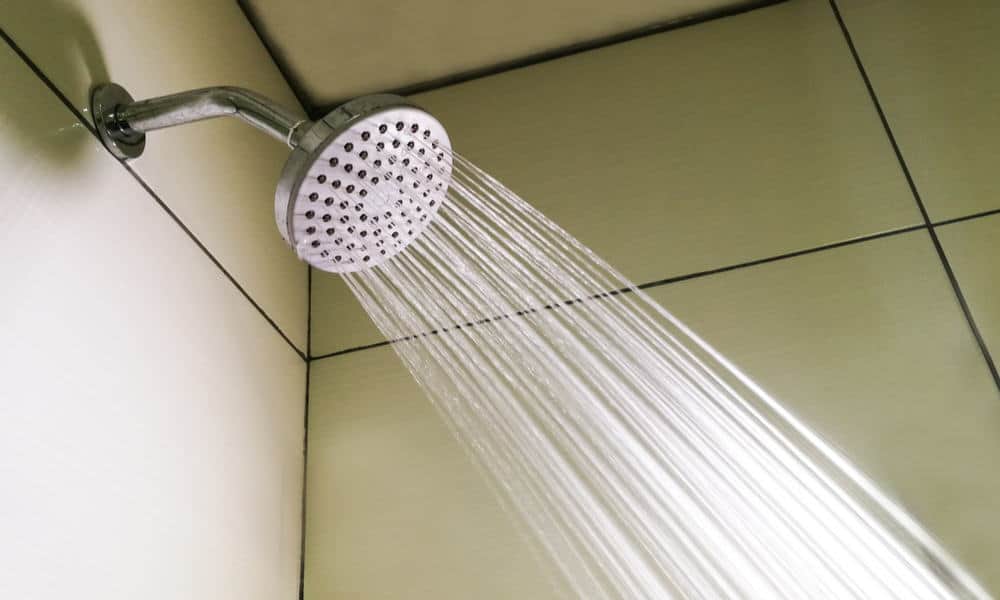













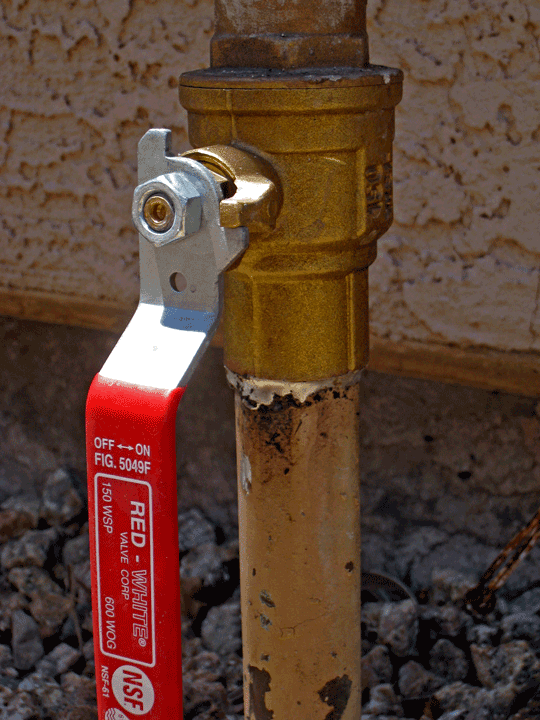
:max_bytes(150000):strip_icc()/GettyImages-106572292-3658474337224eda8721faead4f91390.jpg)








